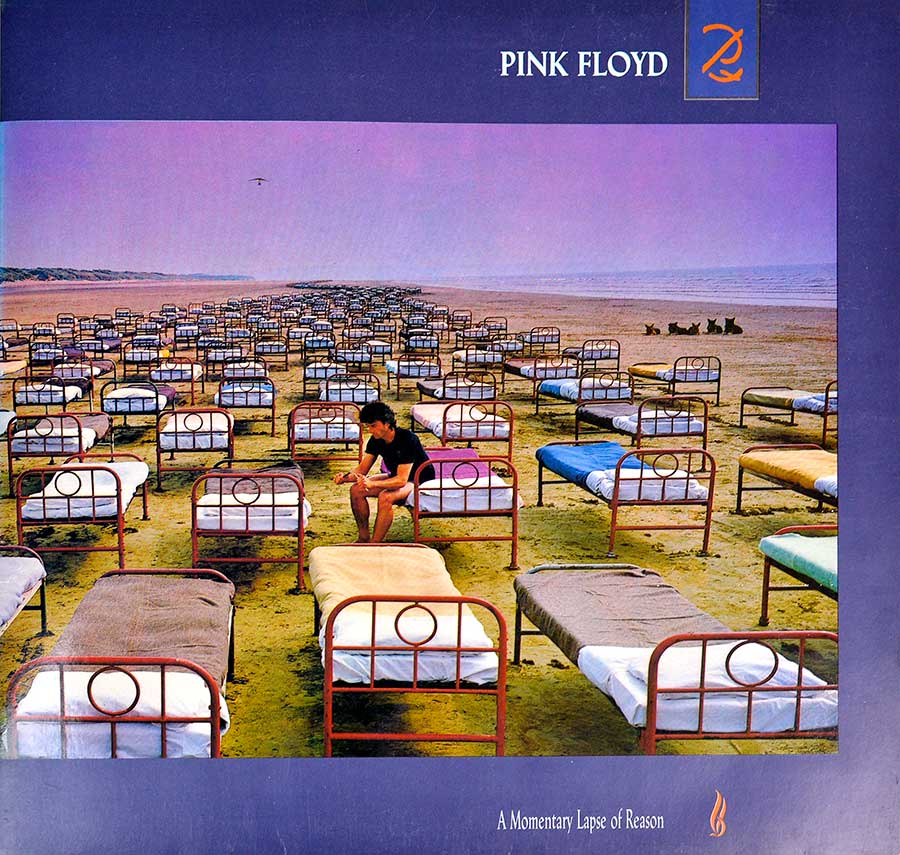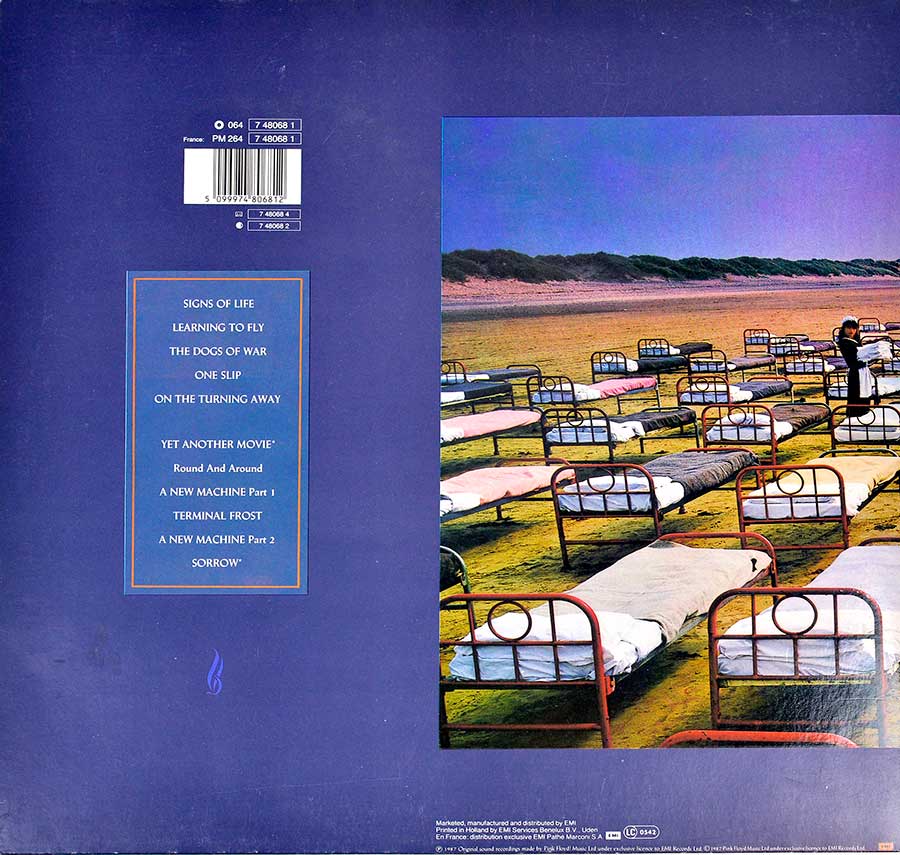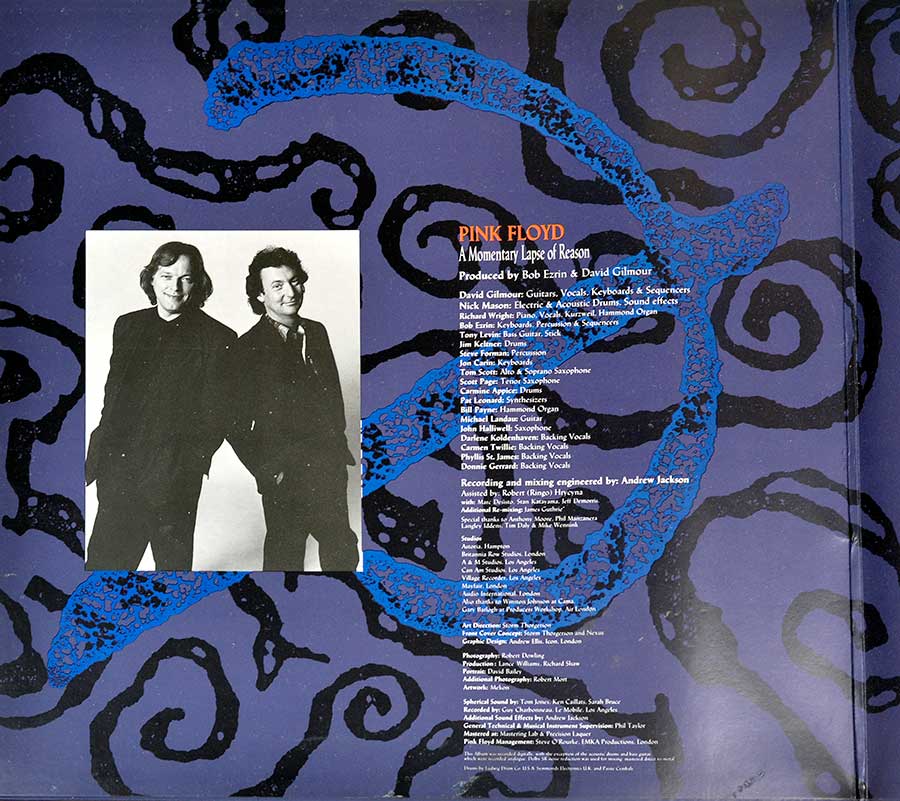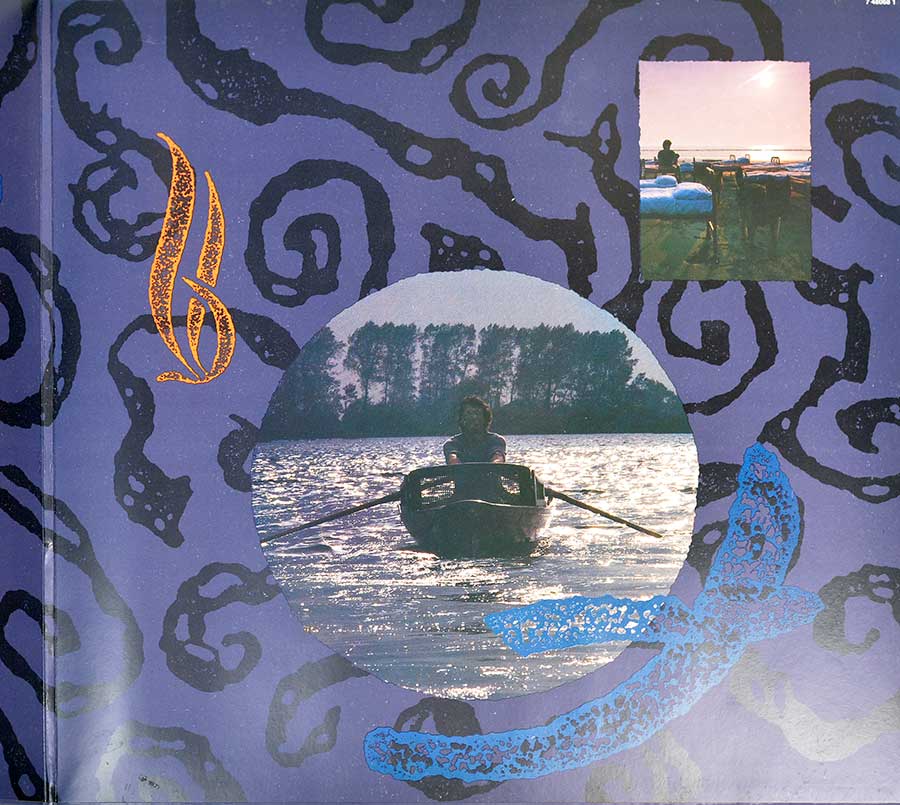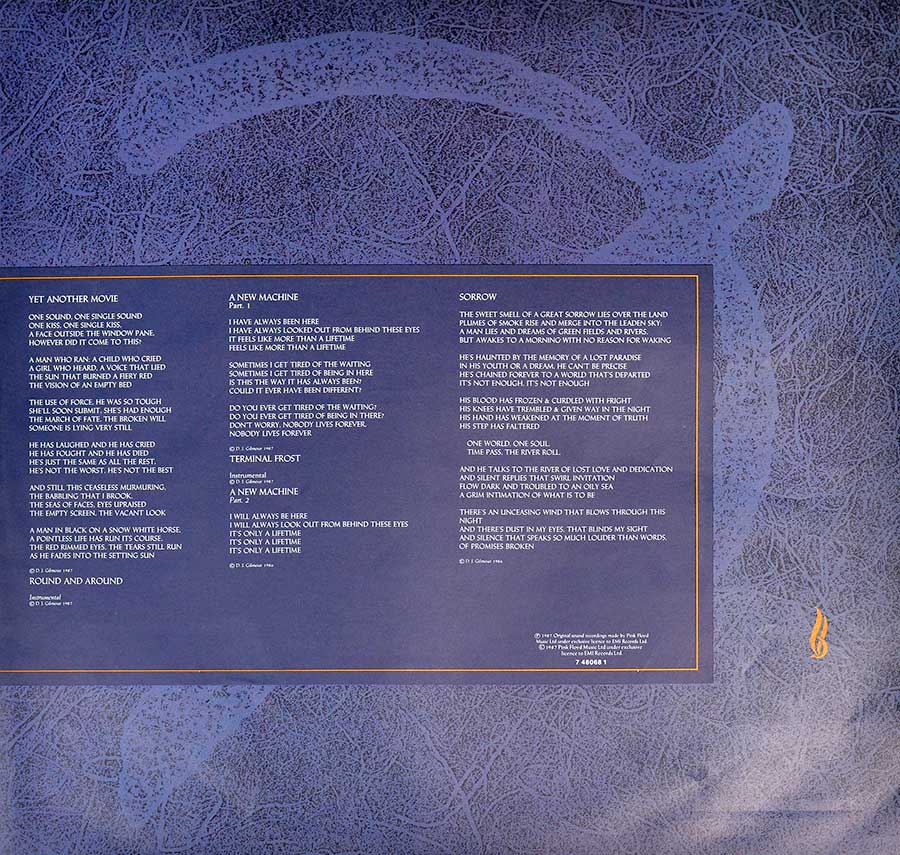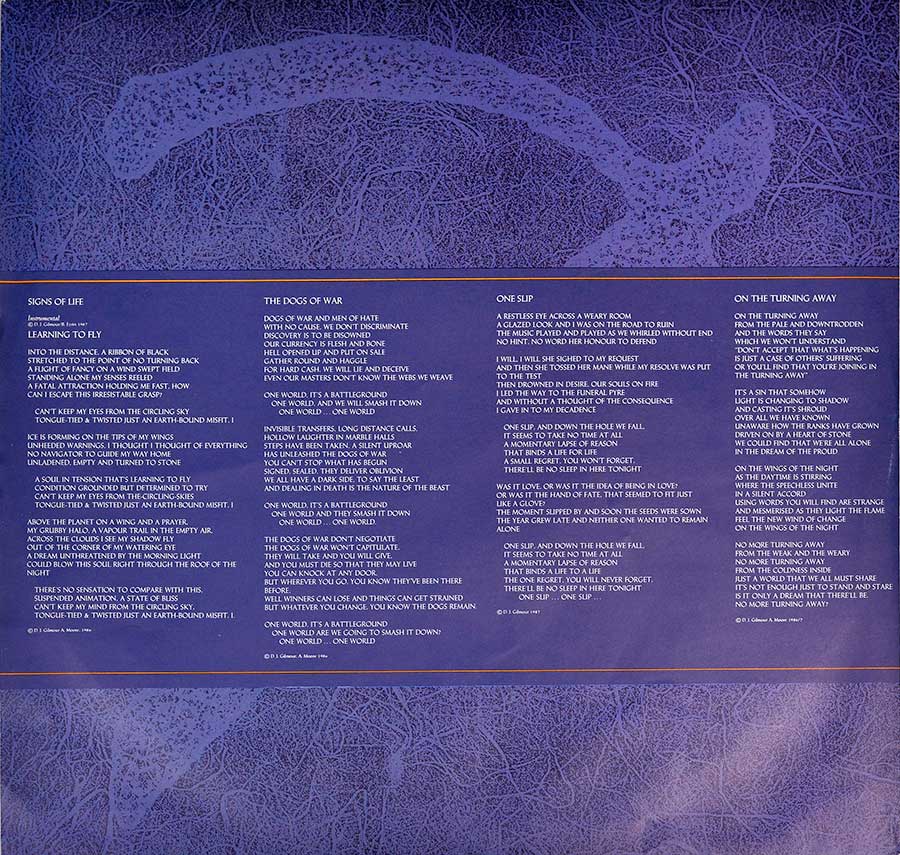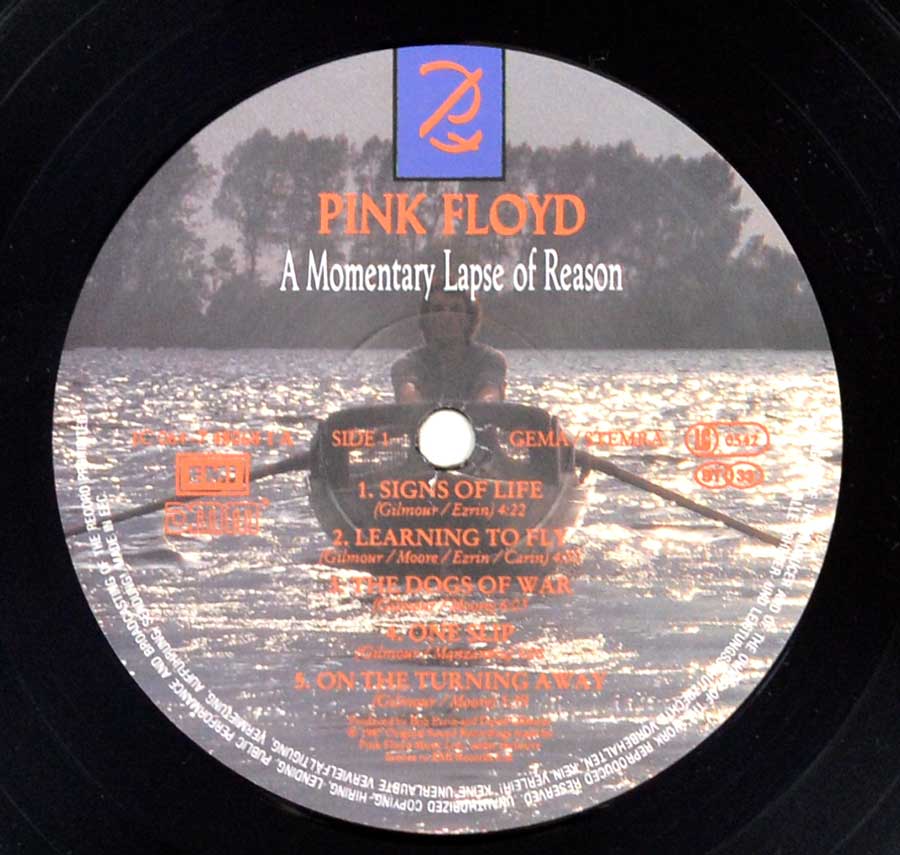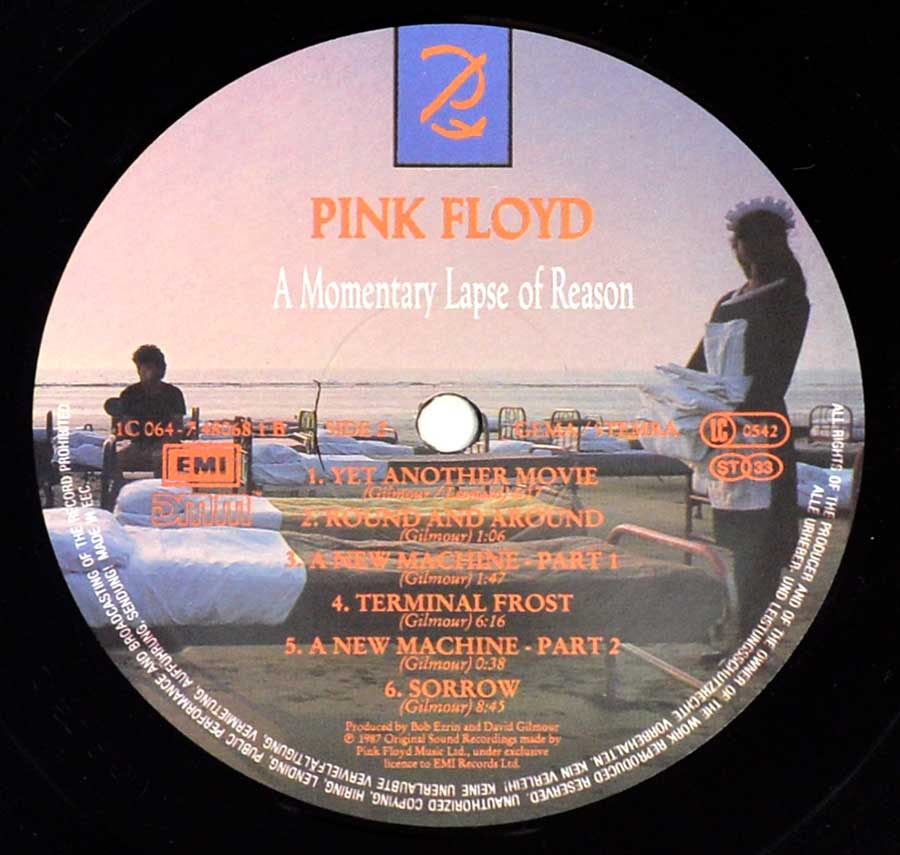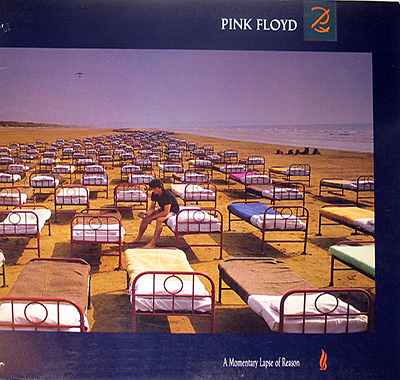Pink Floyd’s Momentary Lapse of Reason – The Album That Rebuilt the Dream Album Description:
In 1987, amid the synthetic swirl of the late Cold War and the tail end of Reaganomics, Pink Floyd re-emerged from a fog of legal dispute and creative disorientation. The release of A Momentary Lapse of Reason was more than a studio album — it was a statement of survival. In the absence of founding member Roger Waters, David Gilmour took the wheel, not with vengeance but with ambition. And at the center of this relaunch was an image — a beach covered in beds — one of the most surreal and poetic pieces of cover art ever attempted.
The Dreamscape: Beds Stretching to the Horizon
When Storm Thorgerson, the man behind the visual mythos of Floyd, conceptualized the cover art for this album, he didn’t reach for digital tools. Instead, he reached for the impossible. Drawing from Gilmour’s lyric in “Yet Another Movie” — “visions of an empty bed” — Thorgerson imagined hundreds of hospital beds stretching endlessly across a bleak shoreline. The result was not a CGI hallucination. It was real.
Saunton Sands, a long and barren beach in North Devon, England, became the surreal stage. With military precision, the team placed over 700 wrought-iron beds along the coastline, aligning them as if in military formation or the dreamscape of a tortured soul. The tide, however, had other plans. It swept in unexpectedly, soaking many of the beds and forcing a two-week delay. But the image — once captured — became more than artwork. It became allegory.
Symbolism in the Sand
The bed is a place of vulnerability — where we sleep, dream, make love, recover from illness, or die. On this album cover, it becomes a field of past lives and untold stories. In the absence of Roger Waters’ literary hand, Thorgerson’s visual symbolism filled a void. The ocean suggested the unconscious. The red hospital blankets, the persistence of trauma. And the infinite rows? A life out of control — something slipping — a momentary lapse.
It’s no coincidence that “Lapse” in the album’s title evokes both forgetfulness and the passage of time. That duality reverberates through the cover and the music alike. Where Waters might have been direct and political, Gilmour and Thorgerson leaned into the poetic and psychological.
Pink Floyd at War: The Inner Conflict
Behind the scenes, the creation of this album was anything but peaceful. Roger Waters, who had declared Pink Floyd “a spent force,” had left the band in 1985. But his exit was not the end. It sparked a bitter legal battle over the band’s name, artistic ownership, and legacy. While lawyers argued in boardrooms, Gilmour and drummer Nick Mason returned to the studio with a mission: to prove Pink Floyd could exist — and thrive — without its most dominant voice.
Richard Wright, who had been ousted during the production of "The Wall" , was brought back — not as a full member, but as a hired hand. His role was both symbolic and practical. He was the connective tissue to the Floyd of old, a fragile thread of continuity that Gilmour knew fans needed.
The Studio Becomes Battlefield
Much of the album was recorded aboard Gilmour’s floating studio, the Astoria, a houseboat anchored on the River Thames. This tranquil setting belied the intense pressure behind the sessions. Gilmour enlisted the help of co-producer Bob Ezrin — the architect behind "The Wall" — and an army of session musicians including Carmine Appice, Tony Levin, and Jon Carin. It was a controlled chaos of overdubs, sequencers, saxophones, and synthesizers.
The sound of the album — spacious yet structured, melodic yet mechanical — mirrored its cover art. Songs like “Sorrow” and “Learning to Fly” were wrapped in reverb and studio polish, as if emerging from a dream you could almost remember.

